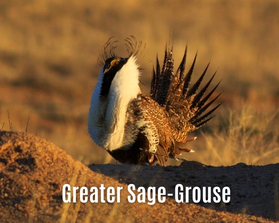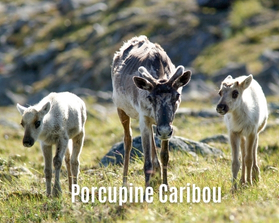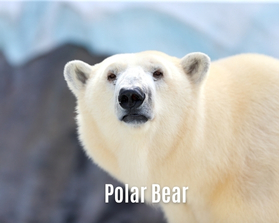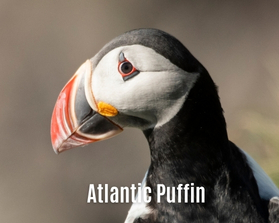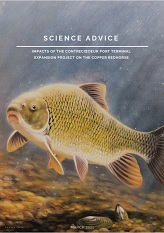Canada is currently facing two interconnected crises: biodiversity loss and climate change. It is essential to establish well-managed and connected protected areas that cover at least half of the country to conserve Canada’s iconic wildlife.
Join the movement to protect 30% of land and ocean in Canada by 2030.
Biodiversity
A term that encompasses all living things on the planet, including humans, other animals, plants and species that are too small to be seen by the human eye.
Species at Risk
Plants, animals and other living things that may disappear due to circumstances such as pollution, loss of habitat and climate change.
Large mammals, like the caribou, grizzly bears and plains bison that once traveled throughout North America, are now isolated in the remaining wild areas across the country. More than a billion birds fly across the border each year to Canada’s boreal forest to breed and raise their young, making the forest a nursery for the birds of the Americas. Salmon, bull trout and thousands of other fish travel our rivers, while whales reign our ocean. These are the wildlife for which Canada is known.
Where there was once an abundance of fauna, we now see significant declines. Half of the species that are monitored in Canada, including everything from lichens to whales, have declined in the last 40 years – many by as much as 80%. Habitat loss from industrial activity and urban sprawl is the greatest threat, while climate change is becoming an increasing threat for many species.
- Working with government, Indigenous Peoples and organizations across Canada to create protected areas that serve as safe havens for species
- Encouraging better land-use solutions and industrial practices to connect protected areas and decrease habitat fragmentation
- Working with government to develop and implement laws to protect Species at Risk across Canada


